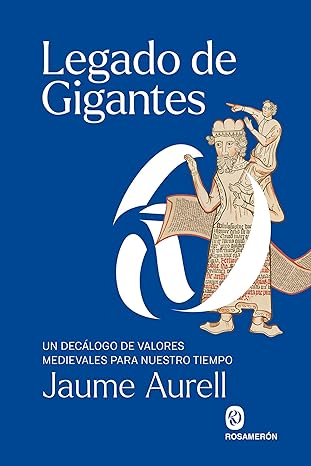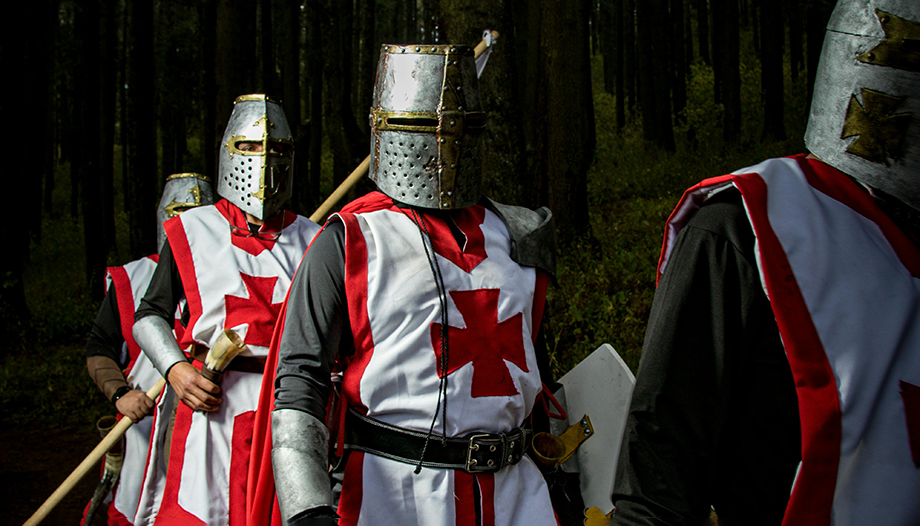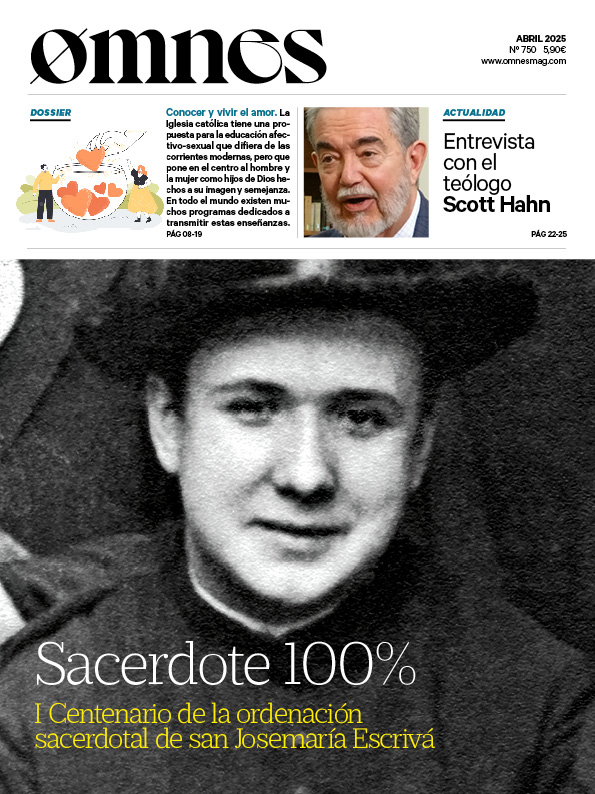Jaume Aurell (Barcelona, 1964), professor of Medieval History at the University of Navarra, has just published "The History of the Middle Ages".Legacy of giants"A magnificent work on the legacy of the Middle Ages that counteracts to a great extent the obscurantist legend of certain historiographical currents that, from Petrarch to the present day, have denigrated an important part of our history, under the terrible name of "the dark Middle Ages".
Indeed, it is on the "shoulders of giants" (p. 15), as was said at that time, that we walk and foresee, in every period of history, looking down from above the steps and paths we must take to go forward, because each stage of human life brings to the great tradition of the Church and of society a set of values and contributions that contribute to the development of the dignity of the human person.
Undoubtedly, the first great lesson that the Middle Ages has left us is to trace the invasion of the Germanic peoples, from the 5th century to the 15th century (Cf. 28), when the Renaissance began and then came the Christian humanism of the School of Salamanca, which has lasted until almost the present day.
On the shoulders of giants
In those ten centuries where Christianity, Roman law and Greek philosophy merged; Rome, Golgotha and Athens, to give rise to a new civilization quite different from the Roman Empire, full of more lights than shadows, although logically very rich in contrasts (Cf. 39).
Our author will develop with great mastery, even if only in broad strokes, the highlights of the Middle Ages: the cosmopolitan environment (Cf. 51), the intense relationship between faith and reason (Cf. 53) and the cloisters and monasteries where faith and culture were preserved (Cf. 58).
It undoubtedly took many centuries to eradicate paganism and recover the level of dignity of the human person that St. Augustine developed in his unforgettable "De civitate Dei", where he explained that the fall of the Roman Empire was due to three reasons: the first was due to human weaknesses and decadence, the second to make it clear that the Church was not related to a single model of civilization and, finally, to provoke Christians with their fellow citizens to build new cultures and new civilizations.
Universities
He will then stop to talk about the many high points of the Middle Ages, especially the origin of the Universities, those corporations of students and professors united in the search for the ever new and ever beautiful truth. He will also briefly explain the intersection between the regular clergy and the secular clergy, between theologians and canonists, between philosophers and theologians, that is, the theological schools and the relationship between the various fields of knowledge.
The relationship between those who seek the truth is a living teaching that truth requires contemplation, study and dialogue, for, as will be affirmed centuries later, the heart has reasons that reason does not understand. Or more simply: truth is polyhedral.
Professor Aurell will comment on several paintings and sculptures from different periods and places in Europe and will do so with great skill to explain that the history of thought is expressed through arguments, books and oral thought, but also through art.
The broad exposition of Romanesque and Gothic art will offer us the best Aurell, that is to say, a professor who has become a history teacher and not an average professor who knows what he has to explain in order to know.
Cathedrals
Precisely in the chapter on "the Europe of the cathedrals" (p. 81) the work becomes more masterful, as well as in the breakdown of the passage of the so-called theological innovation from the convents to the cathedral and palatine schools.
Indeed, access to education for the children of the nobles, the bourgeoisie and the sons and daughters of the nobility led to the spread of universities throughout Europe. As the language was Latin and books had to be copied by hand, knowledge was globalized and also naively copied from one another.
The emergence of the Universities tells us about people dedicated to the world of knowledge and teaching: "The founding heroes of the Universities" (p. 72), but it also tells us about peace, welfare, the market and the laws of the market, honest work and the transport of goods.
In reality, for the search for truth to open the way, it is necessary to have recovered the dignity of the human person and therefore the concept of children of God in the spiritual life and in the concert of peoples and nations, and above all in the opening of the search for truth in science and of the "perspective in art. That is to say, to go beyond (Cf. 111).
Highlights
The second part of the book is an essay within the essay and recalls the ten highlights of the Middle Ages or the lines of force to be taken to characterize a new account of the Middle Ages.
The telegraphic summary would be as follows: contemplative spirit; the practice of not being practical; restraint; "Noblesse oblige"; aspiration to heroism; reform over revolution; appreciation of tradition; ability to smile; permanence of the classics and courtesy.
In short, with these values and the extensive exposition he has made, Professor Aurell has prepared the extensive index of a new book that could consist of a new account of the Middle Ages.
Legacy of giants: A decalogue of medieval values for our time.










